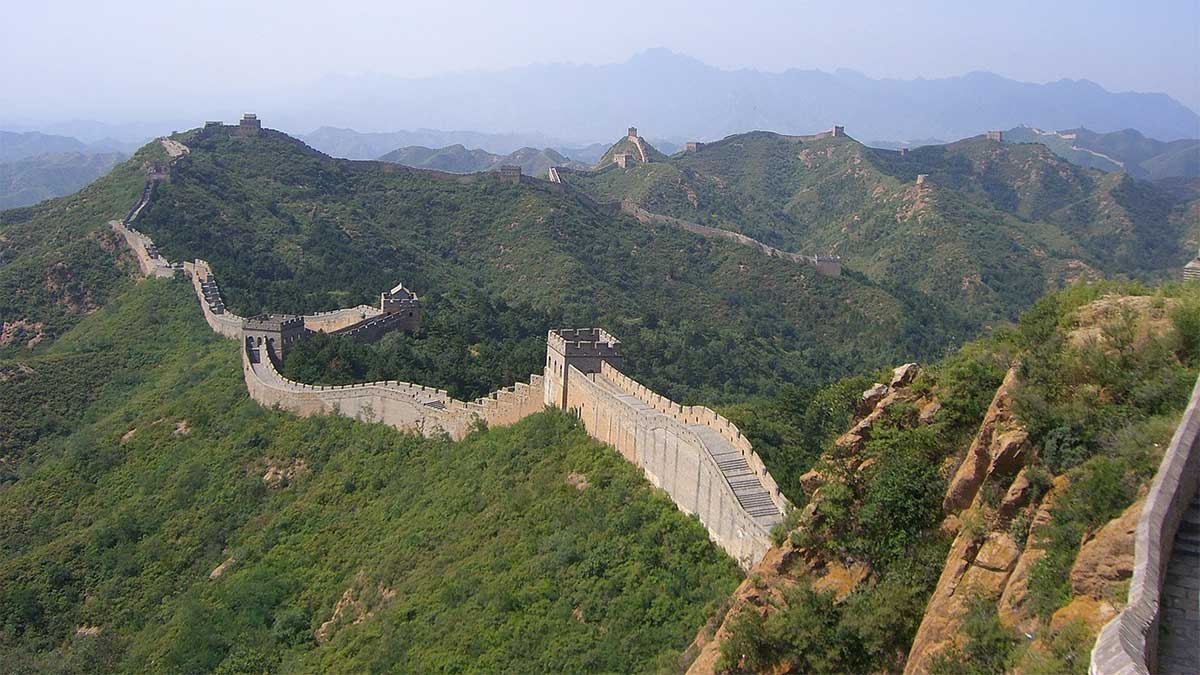Recently, 130 secret passages in the Great Wall of China were discovered using near-centimeter resolution continuous imaging, the defense facility’s research team said, Xinhua quoted Xinhua as saying.
Based on further photo analysis and fieldwork, the team penetrated each of the hidden doors designed specifically for the local topography.
Historically, some of these secret passages were intended for the passage of scouts. Still, others were built as channels of communication between the two sides of the Great Wall or for trade in ancient times.
According to some official documents dating back to the Ming Dynasty (1368-1644), some nomadic tribes were allowed to use such hidden gates to graze their livestock between Qinghai and Hutao in northwest China, a region with abundant water and grass resources.
The practice is also evidenced by some large secret doors through which two horses could pass in both directions, said Zhang Yukun, a professor at Tianjin University and leader of the research team.
“All this proves that the Great Wall did not close completely, but periodically opened in a strictly defined order,” Zhang added.
Scholars from the Tang, Song, Ming, and Qing dynasties also wrote about mysterious secret passages. However, no physical evidence of such hidden objects has ever been found.
The exits facing outward towards the enemy are camouflaged with bricks, while the side facing the defending soldiers is made hollow. It is almost impossible for an enemy to see the location of the exit from the outside, but when they attack the nearest main entrance, the defending soldiers can crack open the secret passage from the inside like an eggshell and launch a surprise attack behind the enemy. “This is a magnificent demonstration of the military wisdom of ancient China,” said Li Zhu of the research team.
The Great Wall of China, with a total length of more than 20,000 km, is part of the UNESCO World Heritage Site and consists of many individual walls connected.

